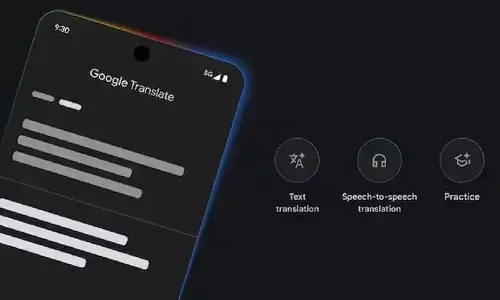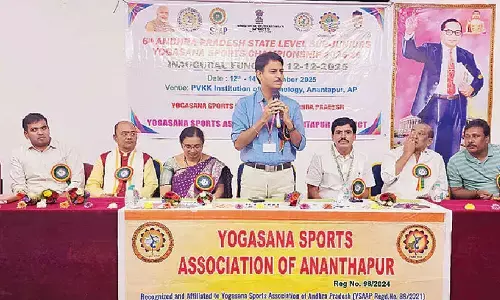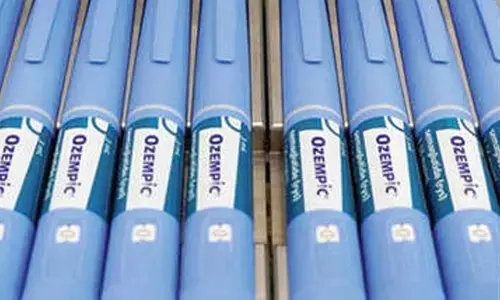Pioneering AI Solutions: A Deep Dive into Avinash Balakrishnan’s Journey

Avinash Balakrishnan spoke about his journey into data science, highlighting the challenges and innovations he encountered while developing LLM applications. He also discussed his contributions to AI-driven solutions in areas such as sales analytics, explainability, and event detection. Additionally, Avinash shared valuable insights into his future aspirations, focusing on advancing AI technology and mentoring the next generation of data scientists
Avinash Balakrishnan is a distinguished Lead Data Scientist with a focus on applying large language models (LLMs) to HR and customer success. With a strong background in MLOps and sales analytics, Avinash's career is a testament to his dedication to innovation and excellence in the field of data science. In this exclusive interview, he shares insights into his unique contributions, challenges faced, and his vision for the future of AI and data science.
Q1: Avinash, can you share your journey into data science and what inspired you to focus on LLM applications for HR and customer success?
A: My journey into data science began with a passion for statistics and machine learning, which I pursued during my Master’s program at the University of Illinois Urbana-Champaign. The potential of AI to transform various industries fascinated me. Over the years, I’ve worked on a diverse range of projects, from sales analytics to MLOps. My current focus on LLM applications for HR and customer success stems from the profound impact these models can have on improving organizational efficiency and customer experience. By leveraging LLMs, we can automate and enhance various processes, making them more effective and user-friendly.
Q2: Could you elaborate on the LLM-based summarization application you developed? What challenges did you face and how did you overcome them?
A: Developing the LLM-based summarization application was an exciting project. We used LangChain and an in-house LLM to create summaries that are both accurate and contextually relevant. One of the primary challenges was ensuring the summarization maintained the integrity and nuance of the original text. To tackle this, we designed a comprehensive evaluation strategy using Appen, which involved rigorous testing and validation. By iteratively refining the model and incorporating feedback, we were able to enhance its performance significantly.
Q3: Your work in sales analytics led to the development of a unified sales win probability model. How did you manage the interdisciplinary team, and what was the impact of this model?
A: Leading an interdisciplinary team comprising Data Scientists, Dev Ops Engineers, and Strategy Consultants was a rewarding experience. Effective communication and collaboration were key to our success. We focused on integrating diverse perspectives to develop a robust model that accurately predicts sales win probabilities. This model has been instrumental in helping the sales team make data-driven decisions, ultimately improving win rates and optimizing resource allocation. The impact has been substantial, enhancing the overall efficiency and effectiveness of the sales process.
Q4: Can you discuss your contributions to the AI OpenScale Explainability module in the IBM cloud? What innovations did you introduce?
A: My work on the AI OpenScale Explainability module involved developing novel algorithms to generate explanations for classification algorithms. These algorithms were crucial in making AI decisions more transparent and understandable to users. One of the key innovations was the deployment of these algorithms as a service, enabling seamless integration with other AI applications. This project not only advanced the state of explainability in AI but also empowered users with better insights into the decision-making processes of AI systems.
Q5: What role did you play in the event detection project, and how did you ensure the scalability and efficiency of the ETL pipeline?
A: As the lead integration engineer for the event detection project, I was responsible for designing and implementing a scalable ETL pipeline to process large volumes of text documents. We used FastApi and Docker to deploy the end-to-end solution, ensuring high performance and reliability. Scalability was achieved by optimizing the pipeline for parallel processing and utilizing cloud resources effectively. This approach allowed us to handle increasing data loads efficiently, providing timely and accurate event detection insights.
Q6: Your work on Graph Convolution Networks (GCNs) for neuro-symbolic graph matching is quite innovative. Can you explain the significance of your modifications and their applications?
A: The modified version of the Graph Convolution Network (GCN) I implemented extended traditional GCNs to handle graphs of heterogeneous sizes. This was significant because it allowed us to apply GCNs to a wider range of problems, particularly in the field of neuro-symbolic AI. The applications of this work are vast, including areas like pattern recognition, knowledge graph completion, and bioinformatics. By enhancing the versatility and capability of GCNs, we were able to address more complex and diverse challenges in AI.
Q7: You have a strong background in MLOps. How have you applied these skills to improve the performance and scalability of machine learning models at IBM?
A: MLOps has been a critical aspect of my work, particularly in improving the performance and scalability of machine learning models. By implementing best practices in model deployment, monitoring, and maintenance, we were able to ensure that our models remained robust and reliable over time. One of the key initiatives involved refactoring legacy forecasting model pipelines, which not only increased speed and readability but also enhanced model performance. These improvements have been essential in maintaining high standards of accuracy and efficiency in our machine learning projects.
Q8: What motivated you to contribute to open-source projects like the PyTorch seq2seq package, and what impact has this had on the community?
A: Contributing to open-source projects has always been a passion of mine. The motivation comes from a desire to give back to the community and collaborate with other talented developers. My contributions to the PyTorch seq2seq package, including the initial top-k decoding framework and model serialization logic, have been well-received and widely adopted. This work has helped improve the usability and functionality of the package, making it easier for researchers and developers to build and deploy sequence-to-sequence models. The impact on the community has been significant, fostering further innovation and development in this area.
Q9: How do you stay updated with the latest advancements in AI and data science, and how do you incorporate these advancements into your work?
A: Staying updated with the latest advancements in AI and data science requires continuous learning and active engagement with the community. I regularly attend conferences, read research papers, and participate in webinars and workshops. Additionally, I am an avid user of online platforms like GitHub and ArXiv, where I can explore cutting-edge projects and research. Incorporating these advancements into my work involves experimenting with new techniques, tools, and algorithms, and integrating them into our projects to enhance their performance and capabilities.
Q10: Looking ahead, what are your future aspirations and goals in the field of data science and AI?
A: Moving forward, my aspirations include continuing to push the boundaries of what’s possible in AI and data science. I aim to lead more groundbreaking projects that leverage the power of LLMs and advanced machine-learning techniques to solve complex real-world problems. Additionally, I am passionate about mentoring the next generation of data scientists and contributing to the development of ethical and explainable AI. Ultimately, my goal is to drive innovation and make a meaningful impact on the industry, helping organizations harness the full potential of their data.
Avinash Balakrishnan's journey in data science and AI exemplifies the power of innovation, dedication, and continuous learning. His ability to navigate complex projects and deliver impactful solutions has set him apart as a leader in the field. Avinash’s story is a source of inspiration for aspiring professionals, highlighting the importance of technical expertise, adaptability, and a passion for problem-solving. As he continues to explore new frontiers in technology, Avinash's contributions will undoubtedly leave a lasting mark on the industry and inspire future generations to pursue excellence in data science and AI.



















